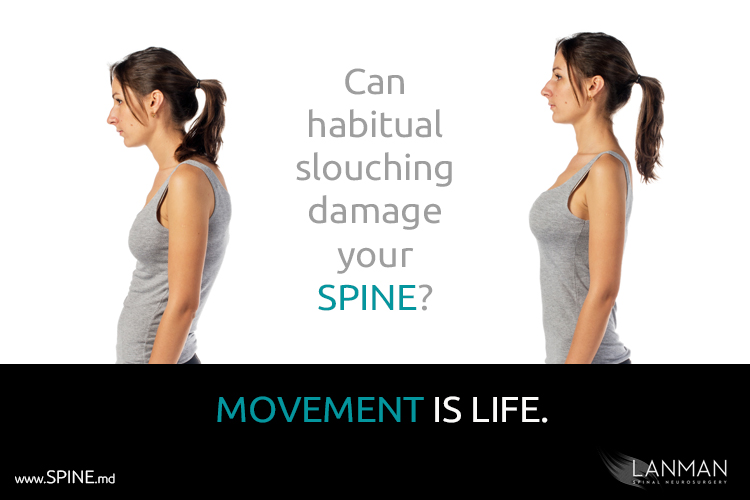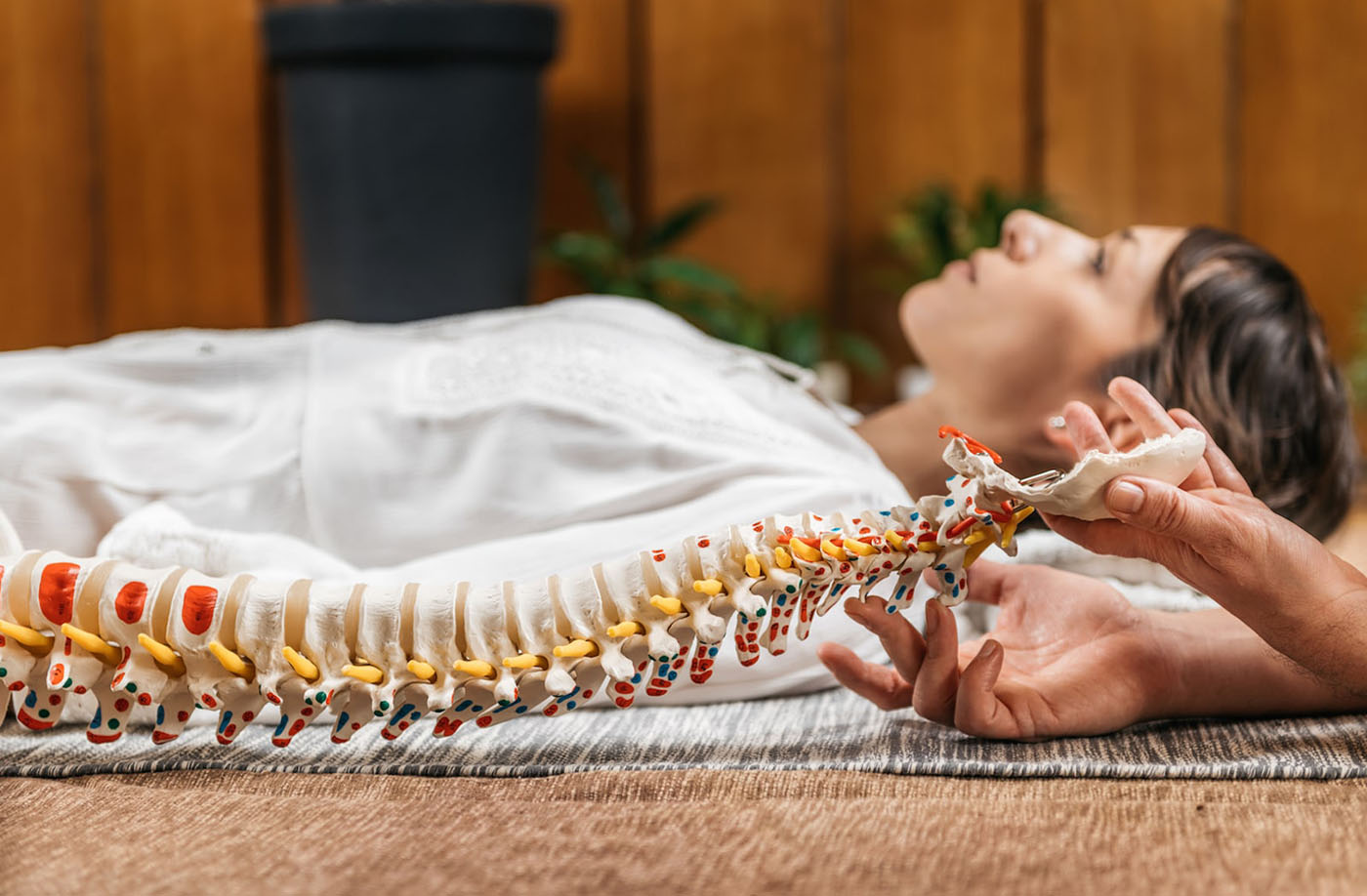Recommended by physical therapists and your spine surgeon. And most of these exercises you can do while sitting in your office chair.
If we’re honest about our wellness, most of us will admit that we could all use a bit more exercise. Speaking from the first-person experience, a consistent physical fitness regimen helps you in all kinds of ways. For one thing, it will help make you stronger. Regular stretches and exercising can also help you feel more energetic, more alert, and increase the resilience of your overall spine health.
As a spine surgeon in Beverly Hills, CA, serving hundreds of patients all over the country (with some in Asia and Europe), I have seen the impact that regular stretching and exercising has on my patients. Engaging in stretching and exercising when you’re suffering from any spine pain may seem counterintuitive, but over the nearly 30 years treating patients, I’ve seen quite a lot of evidence that proves it works.
Of course, we do not want to encourage any physical activity that raises the risk of additional injury. With guidance from your physician (if you are presently a spine patient), you can ascertain a fitness program that matches your particular case. But, let’s say that you’re NOT a patient yet. Now is a great time to begin.
Consider what any exercise will do for your body. First, it increases oxygen flow to the brain, muscles, and all the organs of the body. The increased flow (from higher blood influx) encourages all functions, but especially ones associated with healing. Regular stretching and exercise also strengthens bones and helps protect them from the onset of osteoporosis. With the stretching and exercises, I’m sharing with you now, you can also help stave off common causes of neck and back pain.
One thing that this set of 8 stretches and exercises WILL NOT do is prepare you for a marathon. I’m not even talking about getting you into a gym for an hour. Instead, I follow what my friend, Arnold Schwarzenegger, recommends: a workout every day, even if it is only for 15 minutes. Some of these you can do without stepping away from your office chair. The added benefit is that when my patients engage this exercise course consistently (twice a week or more, for a minimum of 15 – 30 minutes), they can relieve their bodies from tension in their muscles and get blood (and oxygen) circulating nicely.
1. Stand up and sit down: From a seated position in your chair, stand without the use of your hands, then sit down. Some people may find this exercise a bit of a challenge, but it will help pump up your circulation while it shifts pressure off your lower back.
2. Shoulder Shrug: A classic Yoga exercise with big benefits. Standing or sitting, relax both arms to the side of your body. Then draw up both shoulders to your ears. Hold that position for several seconds, and release. Repeat this movement five to 10 times (or as many times as is comfortable). This exercise will release pressure from the base of your neck after long sessions with a laptop or phone.
3. Circles in the Air: Stretch both arms in front of you, parallel to the ground. Clench your fists and draw circles in the air with them: first clockwise to the count of ten, and then counter-clockwise for another set of ten. This exercise will increase blood circulation but also has the effect of releasing pressure from your upper back to your chest.
4. Arm Stretches: You can do this stretch either standing or sitting at your desk. Hold both arms out in front of you for a full extension. Keep your arms horizontal to the ground. Bend your wrists so that your fingers extended up, straight as possible like the universal sign for “stop.” Then bend your wrists the opposite direction, so that the tips of your fingers point down. Do this all day to release accumulated tensions in the wrists and forearms.
5. Mid back stretch: Another stretch you can do while sitting or standing. Extend one arm straight in front of you. With your free hand, pull outstretched arm across your chest as tight as is comfortable and hold for about 5 seconds. Repeat with the other arm. This stretch will release tension in your shoulder and upper back. Remember to breathe normally when you do this exercise. I do this exercise throughout the day, whether I’m sitting or standing.
6. Leg Hug Stretch: This stretch you need to sit on a chair with no wheels. You may also want to remove your shoes, but it’s not necessary. Carefully sit at the edge of your chair and place your feet in a neutral position on the floor. Bend at the waist until your chest is as close to your knees as possible. All the way over, if you can manage it and let your arms dangle on either side of your legs. Let your head fall forward as well. If you feel comfortable, hold your ankles and gently pull. Repeat this exercise three times in one sitting. This is one of the best exercises to release pressure on your lower back.
7. Head rotations: I recommend this exercise while standing but stand behind your chair and hold the back (for stability). Let your head fall (gently!) forward. Two-three seconds to inhale, exhale, release. Then let it fall back. Inhale, exhale, release. Fall left and hold. Inhale, exhale, release. Fall right. Inhale, exhale, release. Another variation of this exercise is a full head rotation, starting with your chin on your chest, fall left, back, right, then back to your chest. Then reverse direction. Do about two or three ‘sets’. This is another great exercise to release the tensions in your neck and shoulders.
8. Posture/Standing Exercise: Ballet is truly one of the best aerobic exercises anyone can do. But here’s one way that all dancers surpass everyone: a perfect posture. Of course, they do. They practice standing every day before they get ready to dance. You can benefit from this exercise as well, with just 1 minute a day. Stand as tall as you can at your desk with your heels centered under each shoulder with your toes pointing slightly away from the center of your body. Keep the angle of your jaw level with the ground. Hold your shoulders down and keep them from either curving forward or backward. Tighten your rib cage and flatten your stomach as much as it is comfortable. Tighten your buttocks and thighs. If you know what “planking” is like, you’ll feel a little burn in key muscle groups: stomach, buttocks, thighs. Expect big benefits from this exercise if you can make it a daily habit. Bigger benefits if you can work up to five minutes per day. In a few months, you may find that your posture will change. Another challenge: walk to your car and hold this posture along the way. I have several patients who swear by this approach.
Together, these exercises will consume about 15-20 minutes per day. They do not constitute a full fitness program, but they may be a soft start for a bigger lifestyle change. The best benefit comes from consistency. Then, you too, can be greater than better.








